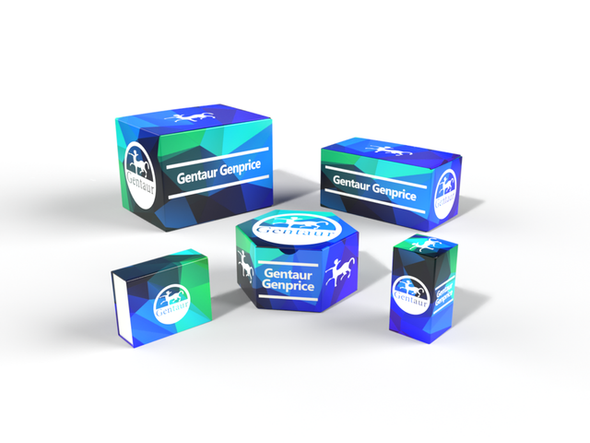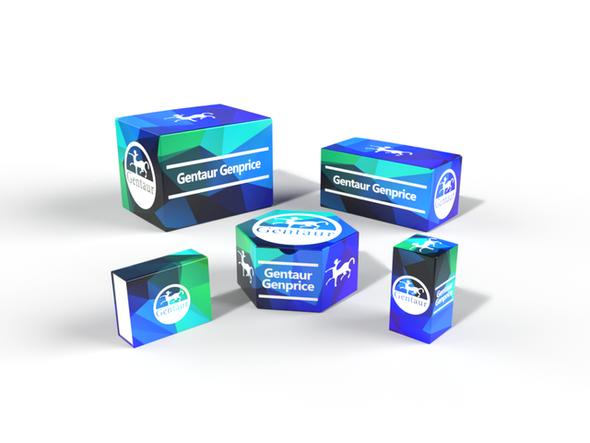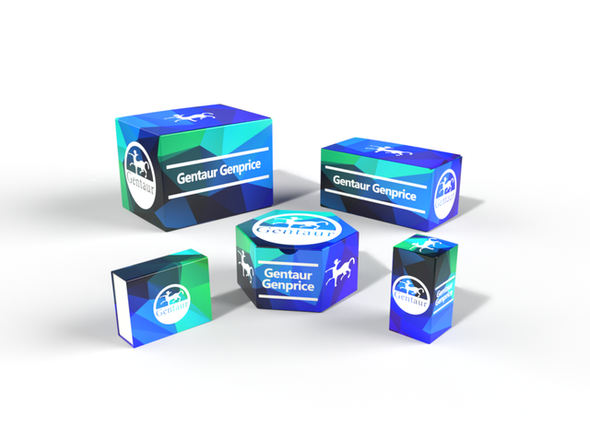Description
Listeria monocytogenes RT-PCR Quant | B14-FRT is available for delivery
Real Time PCR Kit for quantitative detection of Listeria monocytogenes
Storage & Shipping :
The kit can be shipped at 2-8°C for 3-4 days but should be stored at 2-8°C and -20°C immediately on receipt.
Listeria monocytogenes RT-PCR Quant (CE) B14-FRT DataSheet
INTRODUCTION
Listeria is a genus of bacteria that contains ten species. Named after the English pioneer of sterile surgery Joseph Lister, the genus received its current name in 1940. Listeria species are Gram-positive bacilli. The major human pathogen in the Listeria genus is L. monocytogenes. It is usually the causative agent of the bacterial disease, listeriosis, a serious infection caused by eating food contaminated with the bacteria. The disease affects primarily pregnant women, newborns, adults with weakened immune systems, and the elderly.
INTENDED USE
Listeria monocytogenes Real-TM Quant kit is a Real-Time test for the Qualitative and Quantitative detection of Listeria monocytogenes.
PRINCIPLE OF ASSAY
Listeria monocytogenes Real-TM Quant kit is a Real-Time test for the Qualitative and Quantitative detection of Listeria monocytogenes in the biological materials (DNA samples taken from peripheral and umbilical cord blood, cerebro-spinal fluid, node aspirates, naso-pharyngeal swabs, the discharge of the eye conjunctiva, amniotic fluid, placenta, the swabs of epithelial cells taken from vagina, urine, breast milk, meconium, feces, autopsy material.
The DNA extraction is carried out with the internal control sample (IC) which helps control the test procedure for each sample. During the extraction of DNA from the biological (peripheral and umbilical cord blood, cerebro-spinal fluid, node aspirates, naso-pharyngeal swabs, the discharge of the eye conjunctiva, amniotic fluid, placenta, the scrapes of epithelial cells taken from vagina side parietes, urine, breast milk, meconium, feces) and autopsy material the amplification of the human genome DNA takes place (endogenous internal control).
Endogenous internal control (IC Glob) gives the opportunity not only to control the stages of PCR analysis (the DNA extraction and carrying out of PCR), but to evaluate the adequacy of the sampling and the storage of the material as well. Then the amplification of L.monocytogenes DNA is carried out using the specific for the DNA primers and Taq-polymerase enzyme. The reaction mix contains fluorescently labeled oligonucleotide probes which hybridize with the complementary area of the amplified DNA-target, as the result the fluorescence intensity grows. The fluorescence signal detection is carried out using the thermo cycler with the system of fluorescence signal detection in real-time mode.
Listeria monocytogenes DNA amplification is detected on JOE(Yellow)/HEX/Cy3 channel, the IC DNA amplification is detected on FAM (Green) channel, the signal of the β-globin gene (IC Glob) amplification product is detected on ROX(Orange) channel.
Quantitative DNA analysis is based on the linear dependence between the cycle threshold (Ct) and the initial concentration of DNA target. Quantitative analysis is performed in the presence of DNA calibrators (samples with a known concentration of Listeria monocytogenes DNA), which are added during amplification. The results of amplification of DNA calibrators are used to construct a calibration curve, on the basis of which the concentration of Listeria monocytogenesDNA in samples determined.






